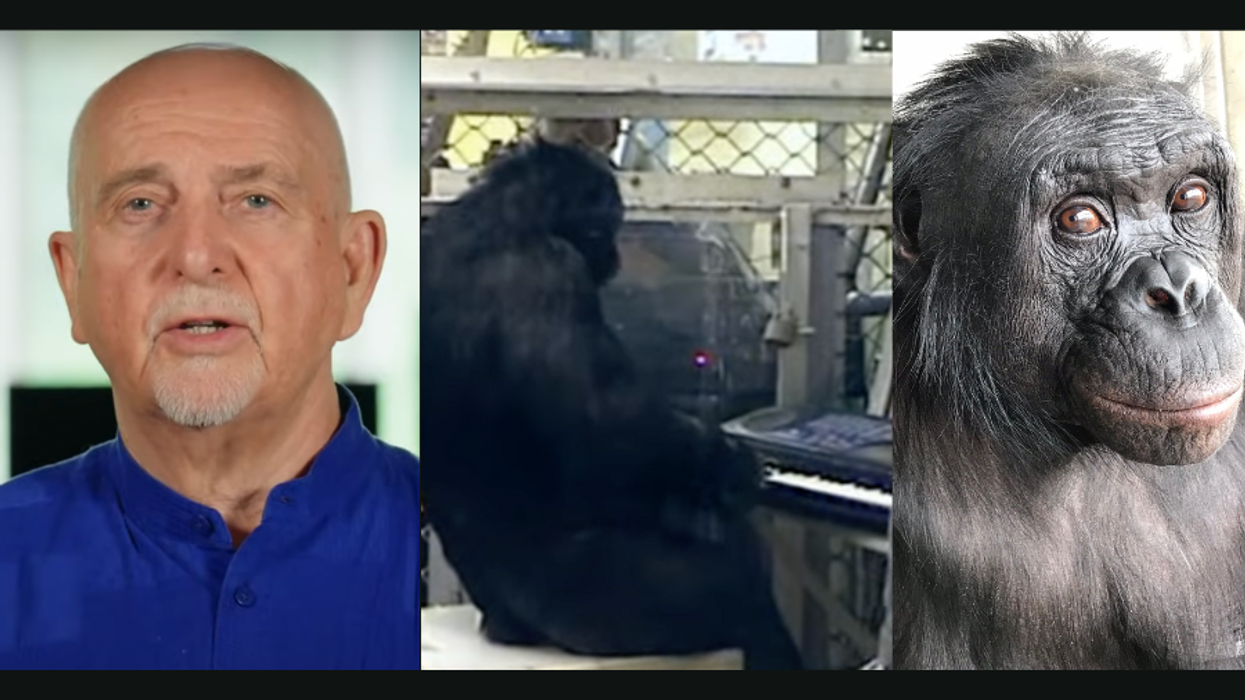Headlines have not been kind to Mexico. Take, for example, the case of 43 students who “disappeared” in late September after clashing with police, provoking outrage and raising questions both at home and abroad. The United Nations declared the tragedy “one of the most terrible events of recent times.” But the bad news tends to obscure the inspiring ways that everyday Mexico City life is changing. Projects unlikely to garner international attention—such as parking meters—may not be sexy, but they made a big difference in the lives of locals this year. In the first two years of his administration, Mayor Miguel Mancera has overseen the launch of mobile health clinics, free school uniform distribution to kids in need, a gun surrender program, and the distribution of the Tarjeta Capital Joven, a card used by teens and young adults to gain free or discounted access to hundreds of the city's museums and cultural venues. With a growing number of residents spearheading innovative projects in the areas of food, art, and entrepreneurship, there's a palpable sense that Mexico City is continuing to emerge as a major global player.
Hub for progress
Mexico has a long, rich culinary history. The capital continued to attract international renown for its upscale restaurants this year, with places like Pujol listed in the “World’s Best” list. The celebration of Mexican cuisine is also helping push back against the incursion of American fast food in the city. Consider the launch of culinary collective Cofradía 19 earlier this year. The group brings together artists and scientists to work with chefs to create monthly dinners around specific themes. Each dinner is served in a location selected to fit the theme—for example, a September meal used the writings of Ernest Hemingway and F. Scott Fitzgerald as inspiration for a series of historically themed recipes.
Civic engagement
Mayor Mancera has proven himself a leader eager to engage with his citizens via technology: He has more than a million Twitter followers. This year, the mayor hosted a hackathon aimed at encouraging developers to build apps and other platforms to address the city’s problems. He awarded 120,000 pesos (around $9,000) in prizes. His administration has also revamped the city's website, making navigation more user-friendly and information more useful. A new section called Datos Abiertos, a data-rich microsite with statistics on everything from transportation to the status of public works projects, underscores Mancera's commitment to transparency. Citizen complaints can now be filed online, an improvement from old bureaucratic forms.
Street life
The addition of parking meters this year to neighborhoods like Polanco, Condesa, and Roma may not seem like a particularly significant development, but in Mexico City, it has precipitated important changes in street life, discouraging hustlers known as parqueros (derived from the Spanish word parquear, or “to park”) from holding up parking spaces and forcing drivers to pay them to “protect” their vehicles. The result is a more orderly parking system and safer streets (a portion of the revenues from the meters is directed towards public safety).
Defining moment
As more city dwellers get access to smartphones, political rallying has increasingly moved online, particularly through calls to action over social media. When 43 students “disappeared” in the state of Guerrero in October for reasons unknown—more recent reports have suggested they were killed by a drug gang— hashtags like #casoiguala, #iguala, and #ayotzinapa took over the feeds of Chilangos who stood in solidarity with the disappeared.
Connectivity
Cars are an important status symbol in the capital, but ongoing government incentives are slowly persuading more residents to take public transportation or to join the city's bike-sharing program, EcoBici. Mayor Mancera has also expanded the number of bike lanes and EcoBici stations. The effort seems to be paying off. Since EcoBici’s launch, the city estimates that 13 million have travelled on the bikes, and that during its four years in operation, the system had reduced carbon emissions by nearly 500 tons.
Green life
Green walls are springing up all around Mexico City, from the façades of corporate headquarters to street medians. The most beautiful and ambitious is a 4,300-square-foot living wall at the University of the Cloister of Sor Juana. According to the Secretary of the Environment, a square meter of wall covered with living plants produces enough oxygen for one person for a year. Earlier in 2014, the city’s government began offering companies free green wall-building workshops.
Diversity
Walking through the capital's Zona Rosa neighborhood can cause cultural confusion: Why are there so many signs in Korean? In October, the capital hosted at three-day K-pop music festival, a testament to the robust Korean community in the neighborhood and to Mexico City’s increased obsession with Korean culture. Korean restaurants and karaoke bars continue to spring up, while the Korean Cultural Center offers public performing arts events, language courses, and cooking classes.
Work/life balance
The rest of the world may have trouble finding the off switch, but not so in Mexico City. Here, you’ll find locals observing their Sundays by brunching at the new Mercado Roma, an Eataly-inspired gastro-hall that opened in June. Later in the day, residents come out to play with their dogs in the massive amphitheater of Foro Lindbergh or to enjoy a stroll on one of the city’s car-free streets thanks to the Muévete en Bici (Bike Move) program, which marked its seventh anniversary this year.
Julie Schwietert Collazo wasn't planning on loving Mexico City when she moved there in 2007, but she immediately fell for the city’s color, chaos, and contradictions. Though she now spends most of her time in New York City, she hasn’t been able to quit the Mexican capital completely.




















 Music isn't just good for social bonding.Photo credit: Canva
Music isn't just good for social bonding.Photo credit: Canva Our genes may influence our love of music more than we realize.Photo credit: Canva
Our genes may influence our love of music more than we realize.Photo credit: Canva

 Pictured: The newspaper ad announcing Taco Bell's purchase of the Liberty Bell.Photo credit: @lateralus1665
Pictured: The newspaper ad announcing Taco Bell's purchase of the Liberty Bell.Photo credit: @lateralus1665 One of the later announcements of the fake "Washing of the Lions" events.Photo credit: Wikimedia Commons
One of the later announcements of the fake "Washing of the Lions" events.Photo credit: Wikimedia Commons This prank went a little too far...Photo credit: Canva
This prank went a little too far...Photo credit: Canva The smoky prank that was confused for an actual volcanic eruption.Photo credit: Harold Wahlman
The smoky prank that was confused for an actual volcanic eruption.Photo credit: Harold Wahlman